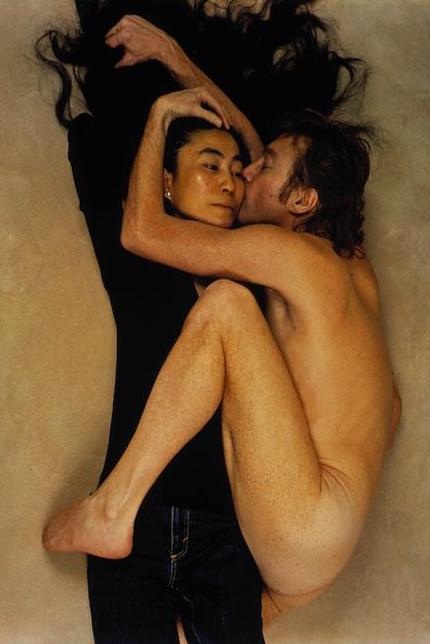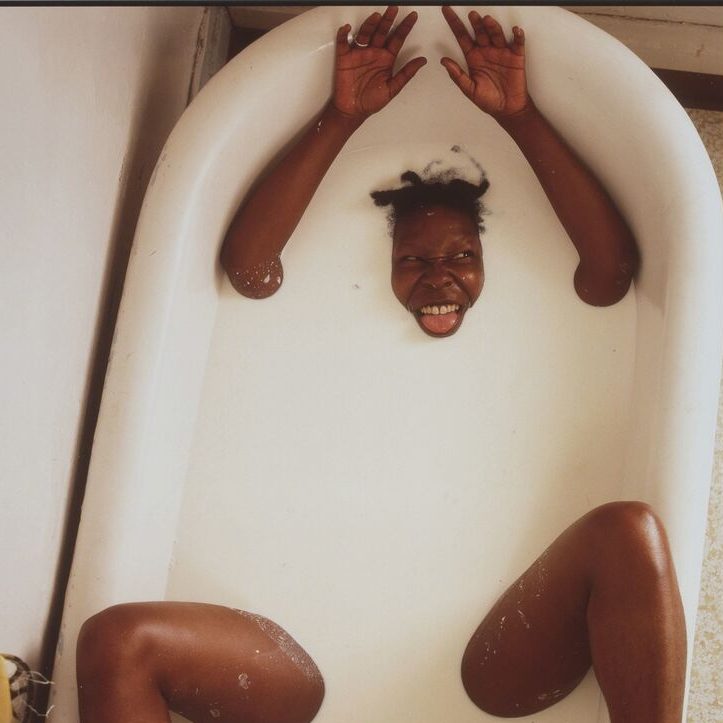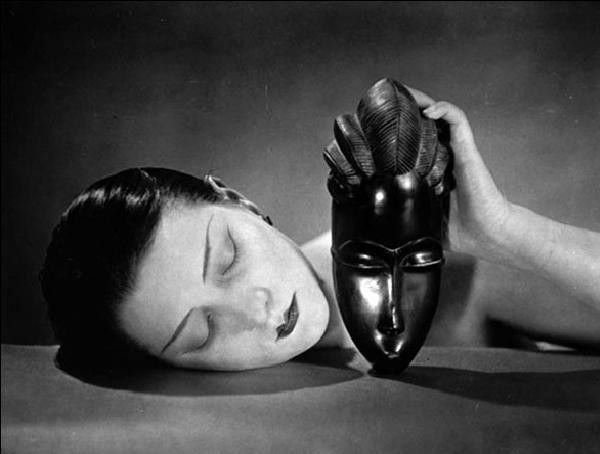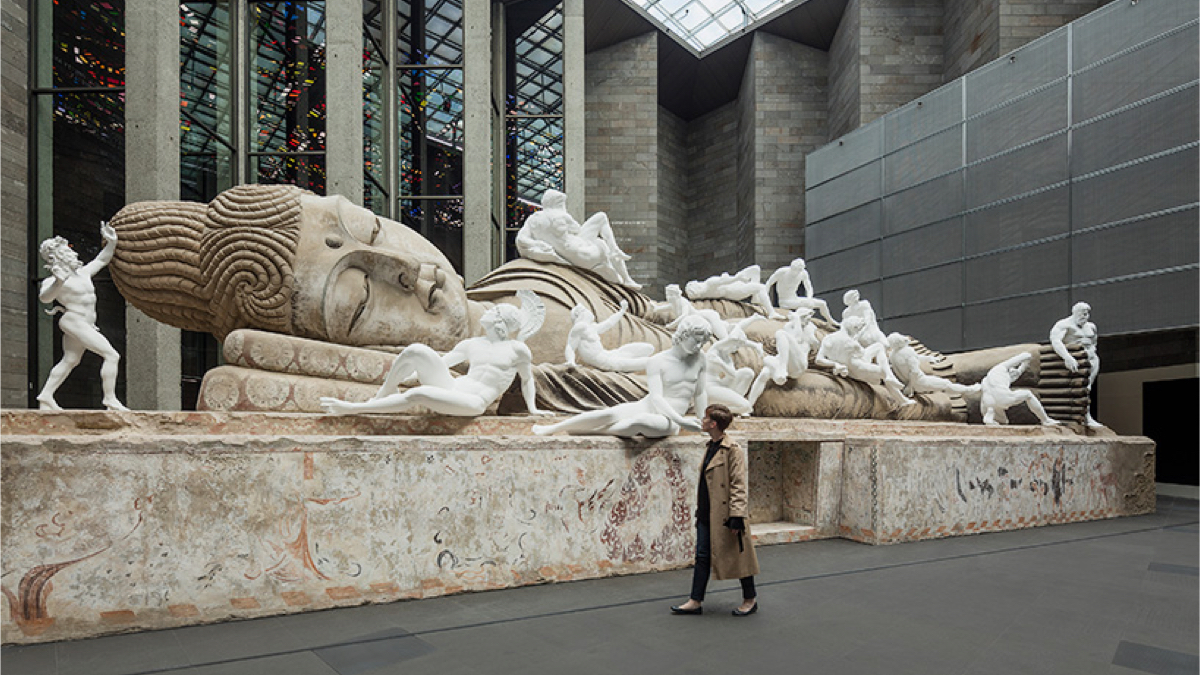
Annie Leibovitz and Contemporary Celebrity Photography
Celebrities in art have always been a fascinating subject of inspiration. But one photographer, Annie Leibovitz, has brought a singular look to the usual portraits of the most famous names. Together, let’s dive into the life and a vast portfolio of Annie Leibovitz, who has made her mark on fashion photography!
Important moments in Annie Leibovitz’s Career:
- 1949: Annie Leibovitz is born
- 1967: She becomes a student at the San Francisco Art Institute
- 1971: Leibovitz starts working for Rolling Stone
- 1973: Becomes Rolling Stone’s chief photographer at the age of 23
- 1983: Starts working for Vanity Fair
- 1983: Publishes her first book, Annie Leibovitz: Photographs
- 1984: Wins Photographer of the Year
- 1996: Leibovitz is the official photographer for the Summer Olympics in Atlanta, Georgia.
- 1998: Starts working for Vogue
- 1999: Publishes Women book
- 2000: Leibovitz is awarded the title ‘Living Legend’ by the Library of Congress
- 2011: Publishes photo book Pilgrimage.
Who is Annie Leibovitz?
Annie Leibovitz is a world-renowned, American photographer. She is best known for her portrait photography, specifically focusing on international celebrities from all industries. An integral aspect of Leibovitz’s photography is her style. What sets her photography apart from other photographers is her playful ability to capture the personality and inner dialogue of every subject. Her photos are often staged in an intimate setting, providing spectators a look into the lives of those she photographs.
Leibovitz was born in Connecticut in 1949. Her name at birth was Anna-Lou but as the years went by Leibovitz decided to go by Annie instead. Leibovitz felt passionate about art throughout her childhood which influenced her decision to study at the San Francisco Art Institute. After her second year at art school, Leibovitz’s mother invited her to spend her summer holidays in Japan, a trip that left a lasting impression on her artistic vision. It was during her stay in Japan that Leibovitz discovered her love for photography. After returning from her summer abroad, Leibovitz brought her newfound passion to San Francisco where she shifted her focus from painting to photography.
The beginning of something special…

After finishing her studies, Leibovitz lived on a kibbutz, a communal settlement in Israel. Upon returning to the states, she decided to apply for a position at Rolling Stone Magazine. In the portfolio she submitted to the magazine, Leibovitz included a photograph of Allen Ginsberg which sparked the interest of the woman who hired her, Jann Wenner. In 1970, Leibovitz began her role as a commercial photographer for the magazine.
Leibovitz’s first assignment was a cover photoshoot of international superstar and musician, John Lennon. The image chosen as the magazine cover was simple and unpretentious, the antithesis of what the world understood as rock and roll. It portrayed Lennon, not as a famous rockstar but truly as a person, with real thoughts, feelings, and expressions. After only two short years of working for the publication, she was promoted to chief photographer at the age of 23.
Capturing quiet moments

The Rolling Stone cover was not the only time Leibovitz had the pleasure of photographing Lennon. A decade later, she had the honor of taking one of her most famous photographs. The day was December 8th, 1980. On the floor of an Upper West Side apartment, lies a woman dressed in blue jeans and a simple black long sleeve shirt. Her long hair creates a sea of black as it rests upon the carpet. To her left, a naked man cradles and holds her body. He kisses her cheek as he gently frames her face with his arms.
Leibovitz questions gender roles in this sensitive and intimate portrait of John Lennon and Yoko Ono. A quiet moment of tenderness, in which a powerful man is his most vulnerable. He clings to his wife, who in this image presents as a pillar of strength and affection. The iconic image of Lennon and Ono was sadly their last. Only a few hours after the photoshoot, Lennon was murdered outside of the very apartment building where the photo had been taken.
The birth of an emblematic style
Leibovitz ultimately left Rolling Stone magazine to pursue a career at Vanity Fair and eventually Vogue. It was at this moment that Leibovitz developed the personal style that the world knows and loves today, moving away from subtle and somber images, towards a more luminous glamor. At the crux of it all, Leibovitz maintained her ability to capture each person’s unique personality. Her style of portrait photography- in which her subjects are well-lit in predetermined positions- left its mark on the publication. It has become the synonymous style most often associated with Vanity Fair, thanks to Leibovitz, the woman who started it all.

Subtle but artistically rendered nudity is one of the central themes throughout Leibovitz’s body of work. This can be seen in her naked representations of women, including photographs of Whoopi Goldberg and Bette Midler. She also immortalized men in the nude, such as her image of Keith Haring. This extended from personal photography projects amongst friends to professional photoshoots.
Leibovitz was assigned a project to photograph actress Demi Moore for an upcoming cover of Vanity Fair. Leibovitz, per usual, was given complete artistic freedom, apart from one particular note. Representatives of the magazine made it clear that images of Moore should focus on her face, rather than full body shots, as the actress was pregnant at the time. At the photoshoot, Leibovitz ignored the magazine’s request and took images of a naked and pregnant Moore. She positioned Moore so that her pregnant stomach was impossible to miss. The photograph sparked debate and controversy. It remains one of the most famous covers of the publication to this day.

To make the impersonal, personal…

As she continued to gain more and more recognition within the commercial and editorial landscape, Leibovitz shifted gears towards fine art. She became the first woman to have a solo exhibition at the National Portrait Gallery in Washington, D.C., in 1991. Beyond this exposition of her work, her photographs have been shown in galleries, museums, and auction houses all over the world. Among the institutions that house her photos are celebrated American museums; such as, MoMA and the Los Angeles County Museum of Art. She eventually published a book in 2008, in which Leibovitz explores some of her most iconic images.
Leibovitz captures glitz and glam but ultimately when the names of her subjects are removed, her photography capture life. She makes the impersonal world of stardom and celebrity, personal. Discover more celebrity photography on Artsper!
Important Leibovitz Exhibitions:
- 1991: Solo exhibition at The National Portrait Gallery in Washington D.C.
- 1999: Exhibited Annie Leiboviz: Women at the Corcoran Gallery of Art, Washington D.C.
- 2006: Major retrospective of her work entitled Annie Leibovitz: A Photographer’s Life, 1990–2005 at the Brooklyn Museul
- 2010: Exhibits Annie Leibovitz: A Photographer’s Life 1990-2005 at the Museum of Contemporary Art, Sydney
- 2013: Exhibits Annie Leibovitz: Pilgrimage at San Jose Museum of Art
- 2017: Exhibits archives of her photography in the Exhibition The Early Years: 1970-1983. Archive Project #1.

About Artsper
Founded in 2013, Artsper is an online marketplace for contemporary art. Partnering with 1,800 professional art galleries around the world, it makes discovering and acquiring art accessible to all.
Learn more













